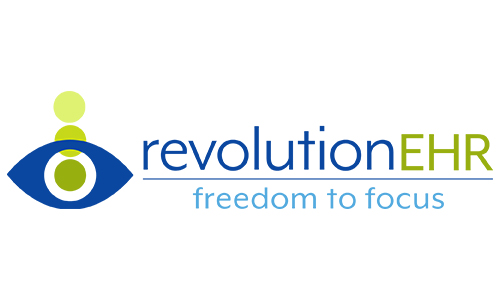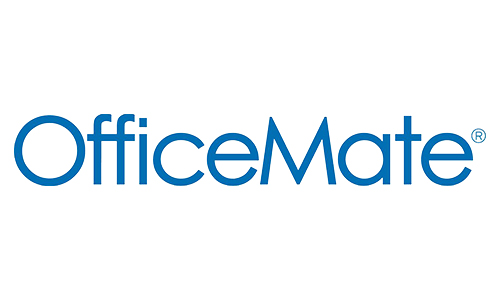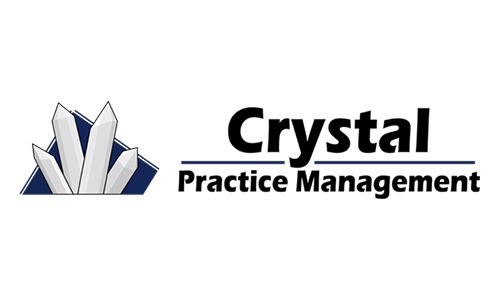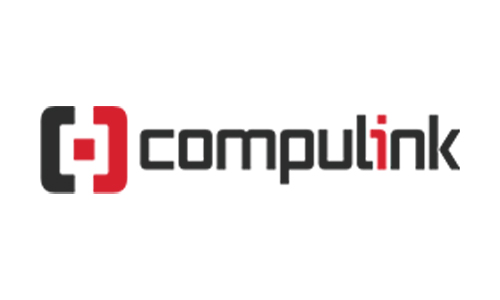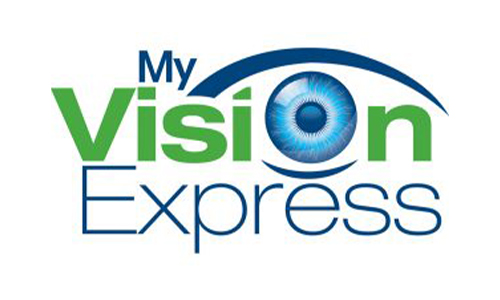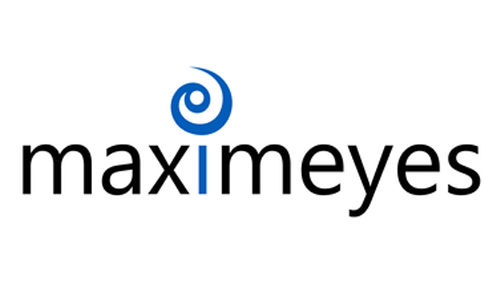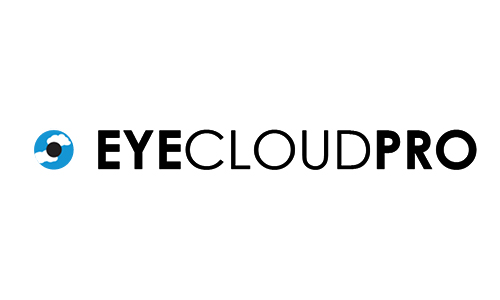WHY YOU NEED A SYSTEM TO IMPROVE AR AND PATIENT CARE.
Gather a group of optometrists to talk about the challenges of operating an eyecare practice, and their struggles with eligibility benefits verification will likely crop up. Docs know they should be doing it, but it often is incomplete or sporadic. RevCycle Partners recently chatted with two seasoned eyecare practitioners, Dr. Jennifer Carter of West Georgia Eye Care and Dr. Carolyn Martin of Eye Boutique of Sedona, about implementing a system so their office could collect the right fees upfront and care for patients on a more personal level:
When Patient Care Is Compromised
“When you’re trying to take really good care of your patients, verifying insurance is not something that you want staff pulled away to do. We work really hard not to really turn our back to the patient, even in the exam room, even when we’re charting or whatnot. It’s a big deal for us to walk away from a patient or turn away from them and get on a computer and verify while they’re sitting there staring at us. They have no desire to watch us do that. The last thing they want to know is that all you care about is how you’re getting paid.” – Dr. Jennifer Carter
“We would verify insurance at the front of the house, which is our optical, and we would do it in between patients coming out from the back to check out or in between patients coming in the door to check in. That took time away from the patients that were in front of us, because we were rushing them out because we knew we had to verify insurance for the next day. It really took a toll on that personal connection we could have had with our patients.” – Dr. Carolyn Martin
Crossing Your Fingers Isn’t a Strategy
“Our B&E verification began slipping when we became short-staffed. Hiring and training someone was next to impossible, because of the rural area in which we are located. B&E was spread between the optician, one technician, and the front desk person—not matter what our primary duties were. We did everything on the fly. We barely had time to get people’s information over the phone when they scheduled appointments, so we had to get it when they walked in the door. And then we’d do it quickly, crossing our fingers nothing changed from the previous year.
We’d get on TriZetto, and check private insurance, but with Medicare, many times we just hoped it was going to work. It was actually really scary, because basically we were lucky to collect copays upfront. We were even worse at collecting the right co-insurance. Getting paid was always up in the air. You can pretty much bet we lost at least 50% of what we normally would’ve collected because people know you can’t send $20 to collection, so they just chose not to pay.” – Dr. Carolyn Martin
Struggles with Eligibility and Benefits: You Think You Know It All – But There’s Always More
“As a new grad you don’t know as much as you think you do. There are lots of things in optometry school they don’t teach you. And one of them is systems, like benefits and eligibility verification, which are critical, because it keeps your practice consistent and therefore your billing more reliable. They don’t teach how to verify insurance, how to code, how to bill, and when you can bill it to Medicare and when you should not bill it to Medicare. You never know everything you need to know. And when you don’t know, you can’t have open conversations with your patients about what will be covered and what they will owe.” – Dr. Jennifer Carter
The Word “Money” Can Wreck Patient Trust
“I’ve been practicing for 23 years, and I went out on my own just a little bit over six years ago. I came into optometry thinking that if you have everything in house, then there’s the face that the patient can talk to, making it more relationship-driven. But anytime you throw money in the mix, otherwise normal people go completely insane. So, you need staff members who know what they’re doing, so patients can rely on your practice to be your source of information, and not someone just out for their money.” – Dr. Carolyn Martin
“Our mission statement says that we’re going to earn your trust, and so having B&E at our fingertips, first, gives us a platform to be able to talk intelligently to our patients about their insurance, and, that, in turn, builds trust between the patient and our staff. When the patient walks through the door, our staff solely focuses on that patient. They can actually spend time with them—talk to them about their dog or their grandchildren. And the patient doesn’t have to worry about the money part of it so much. They know that they can trust we’re providing accurate, good information.” – Dr. Jennifer Carter

